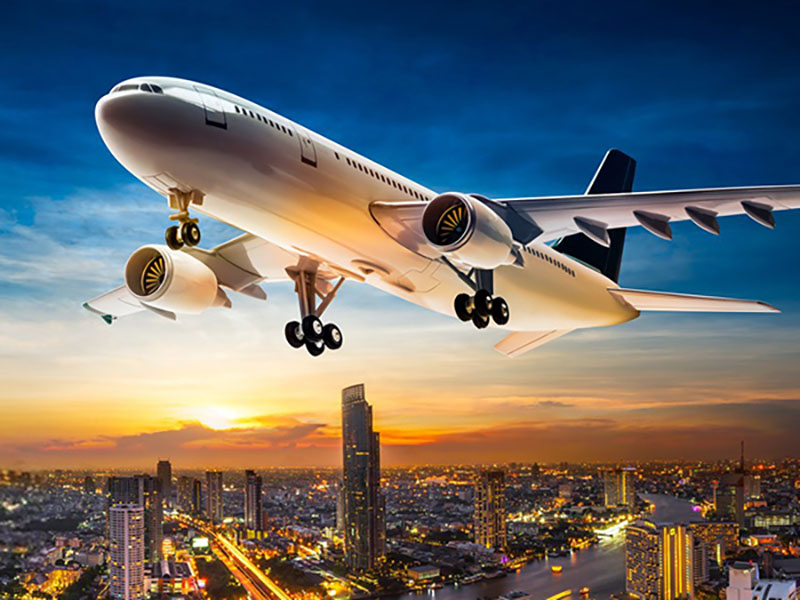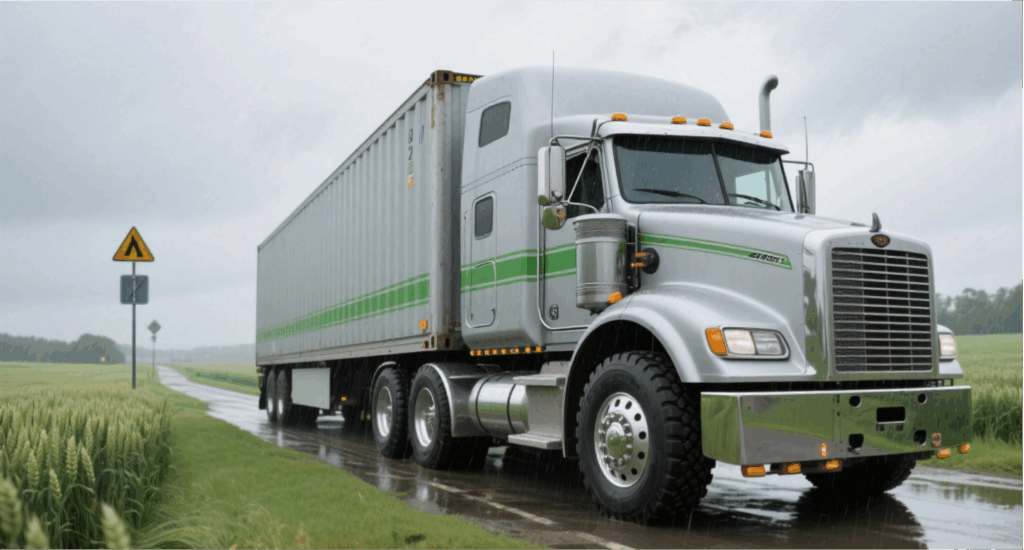Smooth cargo handling China to Japan is vital for companies trading electronics, auto parts, and consumer goods. With strict delivery schedules and complex customs procedures, understanding the logistics system ensures both cost efficiency and compliance.
Trade Flow and Logistics Overview
Trade between China and Japan continues to expand, supported by advanced ports and integrated customs systems. The proximity allows for rapid, cost-effective deliveries that keep supply chains competitive.
| Factor | Influence | Description |
|---|---|---|
| Distance | 2–5 days sea transit | Ideal for short-sea shipments |
| Goods Type | Electronics, machinery, apparel | High-frequency categories |
| Regulations | AFR filing | Mandatory pre-arrival data |
| Environmental Policy | Green logistics | Reduced emissions focus |
Moreover, both countries emphasize sustainable logistics, improving digital documentation and fuel-efficient transport modes.
Selecting the Optimal Transport Mode
Choosing the right transport route depends on cargo value, delivery time, and seasonal trends.
| Mode | Transit Time | Cost (USD/m³) | Strengths | Weaknesses |
|---|---|---|---|---|
| Sea Freight (FCL/LCL) | 2–5 days | 30–80 | Economical | Slower |
| Air Freight | 1–2 days | 300–600 | Fast, secure | Costly |
| Courier/Express | 1–3 days | 500–900 | Small loads | Limited volume |
Additionally, multimodal shipping—combining sea and air—reduces costs while maintaining moderate speed.
Cargo Handling Workflow
Efficient handling requires coordination from factory to consignee.
- Goods packaged and labeled properly.
- Customs documents prepared before loading.
- AFR data filed electronically.
- Goods transported to departure port.
- Shipment loaded and secured.
- Japanese Customs clearance.
- Final inland delivery completed.
Each phase demands accuracy and timely communication between shippers and carriers.
Cost Components and Budgeting
Understanding cost elements prevents budget overruns and delays.
| Cost Type | Description | Average Range (USD) |
|---|---|---|
| Freight Charges | Sea or air base fee | 30–600/m³ |
| Documentation | Paperwork & filing | 50–150 |
| Handling | Loading/unloading | 30–80 |
| Insurance | Optional protection | 0.3–0.5% cargo value |
| Taxes | Japan consumption tax | 10% |
Additionally, seasonal fluctuations may increase costs during New Year or Golden Week holidays.
Customs Compliance Essentials
Accurate documentation speeds clearance and avoids penalties.
| Document | Function | Provided By |
|---|---|---|
| Commercial Invoice | Declares value | Exporter |
| Packing List | Item breakdown | Exporter |
| Bill of Lading | Proof of shipment | Carrier |
| Certificate of Origin | Country verification | Chamber |
| Insurance Certificate | Shipment coverage | Insurer |
Furthermore, high-tech and automotive shipments must meet Japanese import certifications like PSE and JIS standards.
Real Case Studies Amazing
📦 Case 1: Shenzhen → Tokyo
- Goods: Electronics (12 CBM, LCL)
- Mode: Sea Freight
- Cost: USD 780
- Transit Time: 4 days
- Outcome: Delivered early via bonded short-sea transport
🚗 Case 2: Shanghai → Osaka
- Goods: Auto parts (1×20ft FCL)
- Mode: Sea Freight
- Cost: USD 1,250
- Transit Time: 5 days
- Outcome: Smooth customs with early AFR submission
Challenges and Strategic Solutions
Common problems include document errors, last-minute AFR filings, and port congestion.
Effective Strategies:
- Digitize customs submissions.
- Schedule shipments outside holiday peaks.
- Choose bilingual freight agents.
- Monitor cargo using online dashboards.
As a result, logistics delays and cost overruns can be significantly reduced.
Emerging Trends and Green Initiatives
The China–Japan logistics sector is evolving toward sustainability and automation.
Upcoming Trends:
- AI-driven cargo tracking for better forecasting.
- LNG-powered vessels for reduced emissions.
- Smart warehouses using robotics.
- Cross-border blockchain verification for documents.
Additionally, both nations aim for paperless customs systems by 2026, enhancing efficiency and reducing carbon impact.
Conclusion
In conclusion, successful cargo handling China to Japan requires preparation, accurate documentation, and smart mode selection. When companies invest in reliable partners and digital tools, they not only cut transit times but also improve delivery predictability. By adopting eco-conscious shipping and automation, businesses secure a stronger foothold in the ever-growing East Asian trade corridor.
- Consult TJ China Freight Forwarding for the lowest quote. They will provide you with reliable, cost-effective service.
FAQ:
Q1.What’s the cheapest way to ship cargo from China to Japan?
Sea freight is the most affordable option for large volumes, especially when using LCL cargo consolidation services.
Q2.How can I track cargo in real-time during shipping?
Modern cargo handling software provides online tracking integrated with customs updates and live container status.
Q3.What are common long-tail shipping issues between China and Japan?
Delays often occur due to customs filing errors, missing AFR data, or incomplete import permits.
Q4.Can I use express courier for industrial goods?
Yes, express air services can handle industrial parts up to certain weights with simplified export documentation.
Q5.What long-tail factors affect shipping rates?
Fuel prices, container shortages, and route demand fluctuations influence cargo handling costs seasonally.




